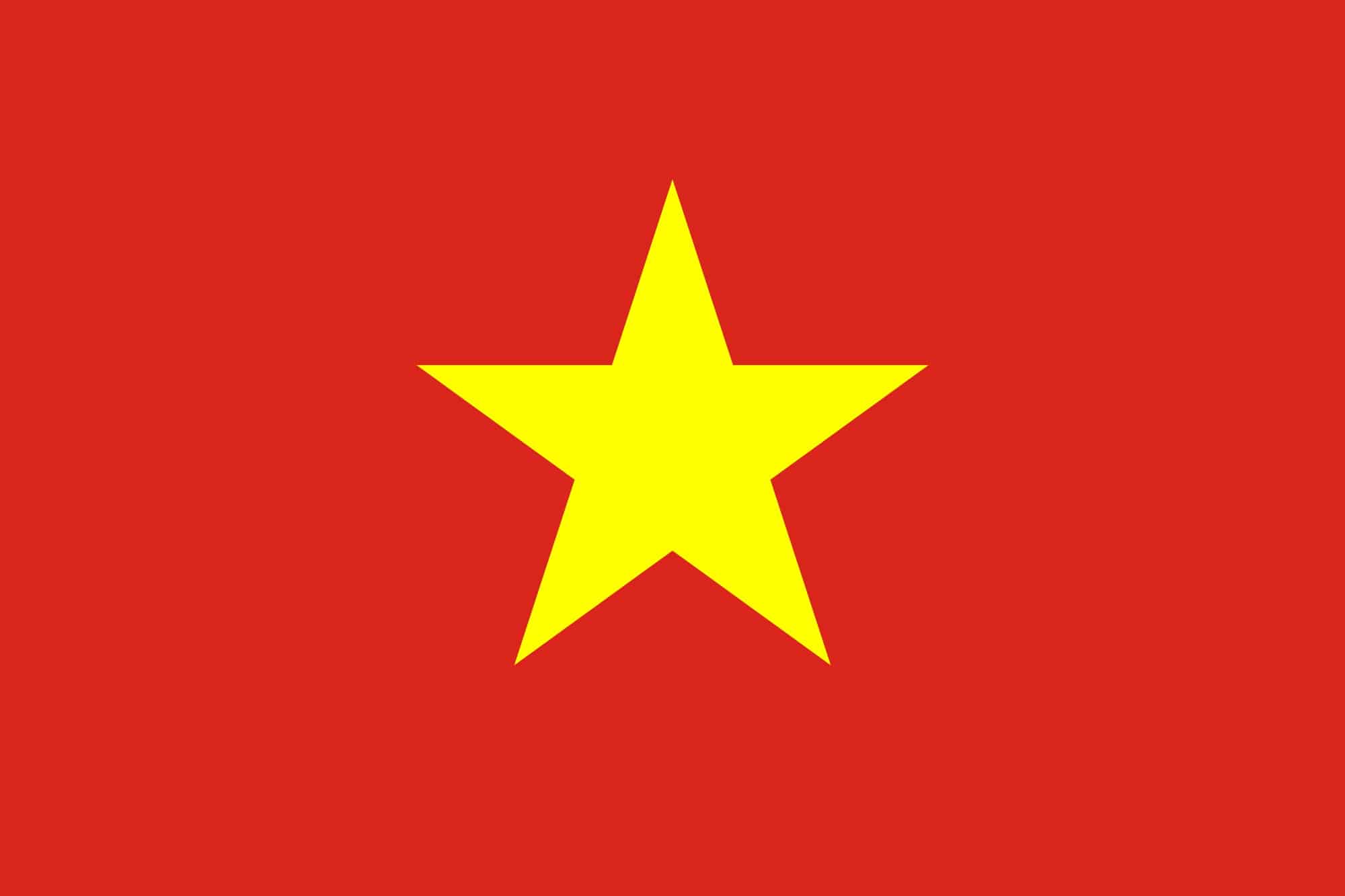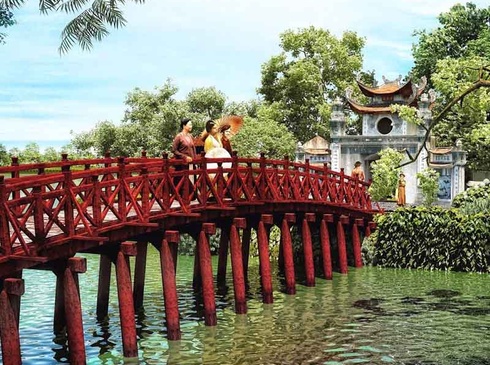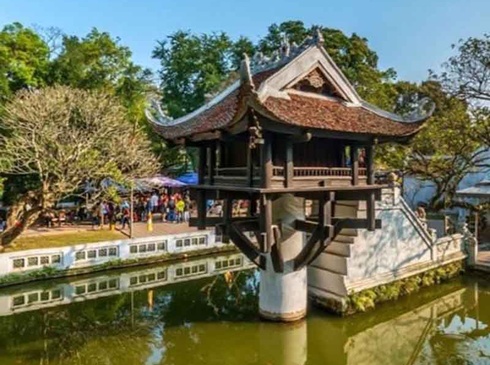Exploring the Best of Vung Tau Vietnam
If you’re planning a trip to Vietnam, don’t miss out on visiting Vung Tau. Located just 2 hours away from Ho Chi Minh City, Vung Tau offers stunning beaches, delicious seafood, and a rich cultural experience that you won’t find anywhere else. In this article, we’ll take you through the best of what Vung Tau has to offer, from its famous lighthouse to its historic landmarks. Whether you’re traveling solo, with friends or family, or with your significant other, Vung Tau has something to offer everyone.
.jpg)
Visit the White Palace:
Located in the heart of Vung Tau, the White Palace (Hoàng Cung) is a French-style mansion built during the colonial era. This mansion was originally built for the Governor General of Indochina, who had it designed to be his holiday retreat. Now, it's one of the biggest tourist attractions in Vung Tau. Inside the main building, visitors have a chance to catch a glimpse into the life of the French elite, including the elaborate furniture and dining halls.
Climb the Vung Tau Lighthouse:
For breathtaking views of the city, head to the Vung Tau Lighthouse (Hon Ba) which stands tall on the top of a hill. The lighthouse was built in the early 20th century and became a popular landmark for travelers due to its stunning panoramic view of the city and the sea. To reach the lighthouse, visitors need to climb over 100 steps, but the reward of seeing the sunset is worth the climb.
.jpg)
Relax at Back Beach:
Back Beach (Bãi Sau) is the perfect spot if you’re looking for a less crowded beach. The water here is clean and serene with small waves, making it perfect for swimming. There are plenty of chairs and umbrellas for rent, as well as food and drink vendors. If you’re looking for a quiet beach day, Back Beach is a great place to relax.
Explore the Jesus Christ Statue:
The Jesus Christ Statue (Tượng Chúa Kitô Vua) is located on the top of Small Mountain, overlooking the city. It is considered the tallest statue of its kind in Asia and stands at a whopping 93 meters high. A visit to the statue is an opportunity for some great pictures and an excellent view of the city. Reaching the statue requires a steep climb to the top, but the stunning view of the city is worth the effort.
.jpg)
Savor the Local Seafood:
Vung Tau is well-known for its fresh seafood, and if you’re a fan of seafood, then you’ll definitely enjoy dining in the seafood restaurants around the city. You can select your seafood of choice and have it cooked with your chosen style right in front of you. Make sure to try the famous dish, grilled scallops with onions and peanuts. It’s delicious and perfect for sharing.
Conclusion:
Vung Tau is a charming seaside town that has become one of the most popular tourist destinations in Vietnam. From its fascinating historic landmarks to pristine beaches and seafood feasts, Vung Tau has it all. Whether you’re traveling for a relaxing getaway or a cultural experience, this city won’t disappoint. So next time you’re planning a trip to Vietnam, consider including Vung Tau in your itinerary, and you won’t regret it.







